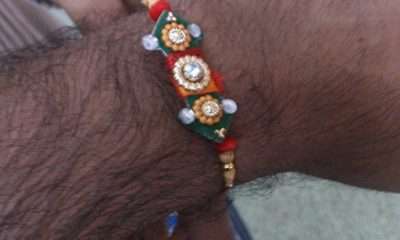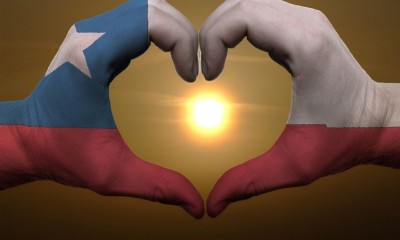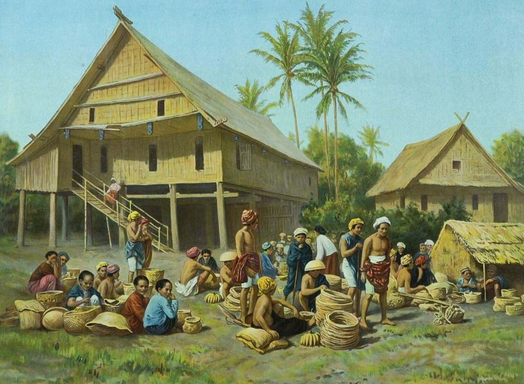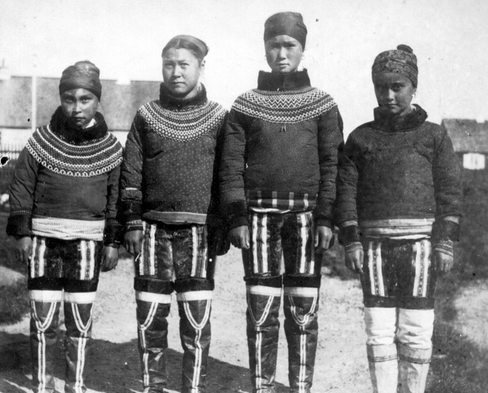While you are busy preparing for the New Year, have you ever wondered how the rest of the people around the world welcome the New Year? The whole world is rich in colorful, exciting, fascinating festivals and celebrations, the likes of which are best experienced live. It can be personally enriching and rewarding. However, even if you do not get the chance to experience what it is like to welcome the New Year in another country, the next best thing is to read about it. For starters, did you know that the New Year traditions around the world, practices and beliefs started with the Babylonians, ancient Greeks and Romans, including toasting, New Year’s resolutions and using a baby to symbolize the start of a new year?
New Year traditions around the world
The Babylonians started the practice of making New Year’s resolutions by promising to return the things they borrowed during the past year. The Greeks in 600 B.C. started the tradition of using a baby as a New Year symbol to honor Dionysius, the god of wine and fertility. The Christians eventually followed the New Year tradition, using the baby as a symbol of the newborn Christ. This New Year tradition was brought to the United States by the Germans around the 15th century.
The Dutch eat doughnuts during the New Year. In many parts of the United States, eating hog jowls, ham and black-eyed peas are considered to bring people luck, so too the eating of cabbage, which represents paper money.
Toasting during the New Year is also an ancient practice done by the Romans and the Greeks. The host drinks first to show the guests that the wine was not poisoned. With the production of wine not yet sophisticated, a piece of toast or burnt bread was added to the cup of wine to absorb its acidity. The last person to drink from the bowl must eat the toast.
In Korea, people place rakes, sieves and straw scoopers on their walls and doors for family protection on New Year’s Eve. On New Year’s Day, they hold ancestral memorial rites before younger children give a traditional deep vow to elders. Australians celebrate the New Year with outdoor activities such as picnics, rodeos, barbecues, races, surfing and beach parties. Austrians call New Year’s Eve as Sylvesterabend. There light böller (mortars) to chase the evil spirits away; eat suckling pig and drink punch made of red wine, cinnamon and sugar. In Brazil, lentils and rice or lentil soup is served, as they believe lentils represent wealth.
The Danes believe that it is good luck to see piles of broken dishes thrown by friends on their front door on New Year’s Day. The Danes serve plenty of good food, with champagne and marzipan ring cake, cured saddle of pork, stewed kale and boiled cod. The Germans eat everything on their plate to ensure that their larder will be full for the whole year. Carp is part of the holiday feast. They also pour molten lead in water to read their fortunes. Hungarians carry an effigy of Jack Straw around the town before they burn it. Jack Straw is the representation of all misfortunes and evils of the past year.
The Japanese hang a straw rope in front of their houses for good luck and happiness and decorate their house with evergreen and bamboo while the temples ring the bells 108 times. The Spanish and Portuguese eat 12 grapes on New Year’s Eve to have good luck for each month of the year. New Year’s Eve in Scotland is called Hogmanay and they usually eat three-cornered biscuits that are also called by that name. They prepare their homes for the New Year with a purification ritual by cleaning the whole house and carrying burning juniper branches throughout the house to remove diseases and germs.
These are just some of the New Year traditions around the world, and it is interesting to note that they have been there through generations.
Photo Credits: Toasting















Facebook
Twitter
Pinterest
Google+
LinkedIn
Email